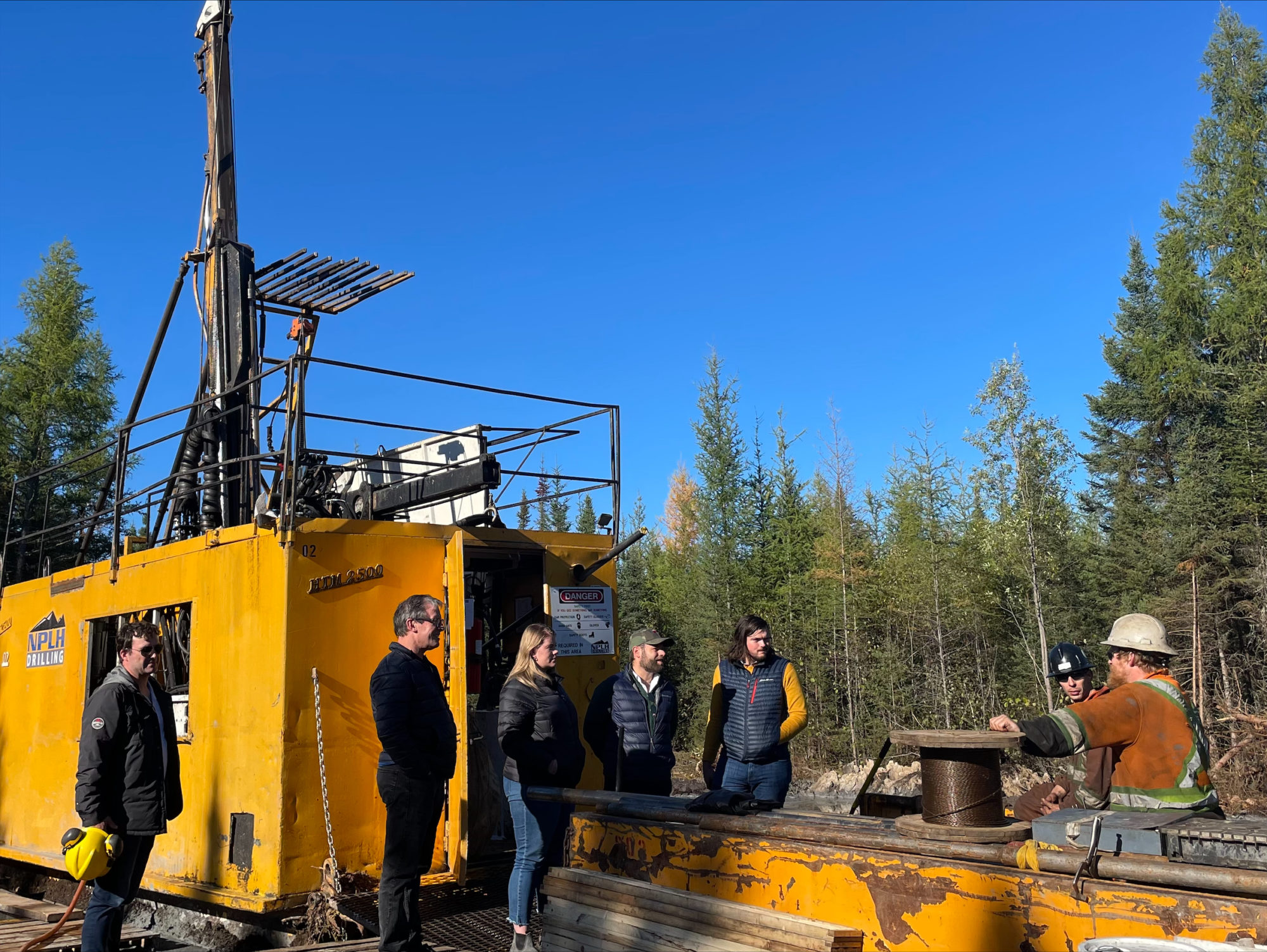Canada Nickel Company Inc says the latest test work on material from its Crawford project, in Ontario, Canada, supports the incorporation of carbon capture and storage into the develoment.
The company has devised an In-Process Tailings (IPT) Carbonation process, which, it says, is a novel method for accelerated carbon capture and storage that it believes has transformative potential.
The latest test work conducted at Kingston Process Metallurgy (KPM) confirmed that existing process streams can be used for IPT Carbonation, which the company believes should allow it to be timely and cost effectively engineered and incorporated into the project flowsheet.
Crawford is hosted in ultramafic rock, which naturally absorbs and sequesters CO2, according to the company, with the potential to actively capture and sequester carbon being a key consideration in Canada Nickel’s acquisition of the 42 sq.km of target ultramafic rocks in the Timmins area.
Canada Nickel has developed an active process that uses tailings as generated in the milling process and injects a concentrated source of CO2 for a brief period of time. This process, IPT Carbonation, fixes CO2 geologically while the tailings are still in the processing circuit, rather than after they have been finally deposited.
The company believes that, given its relative simplicity, this process could be scaled up with availability of concentrated (rather than atmospheric) sources of CO2, with the CO2 potentially delivered by downstream processing of Crawford concentrates, a wide range of industrial processing activities, green hydrogen production, or carbon capture facilities.
Canada Nickel said: “The process demonstrates the potential to produce NetZero Nickel™ and NetZero Cobalt™ for the electric vehicle industry, NetZero Iron™ and chromium for the stainless steel industry and generate substantial carbon credits during the process. The company believes that the need for a concentrated source of CO2 for this process and the substantial CO2 capture and storage capacity potential of its ultramafic land position could form the basis for an entire Zero Carbon Industrial Cluster in the Timmins-Cochrane region.”
The latest results from further lab-scale testing at KPM confirmed that a blend of tailings expected to be produced by Crawford and thickened to an expected operating tailings density could be successfully carbonated with the IPT Carbonation process, the company said. This is a significant result to demonstrate the process at higher solids densities as the pulp density and the tailings residence time will be a key driver of the process capital and operating costs, it explained.
The testing also attempted to understand what ultimate carbon capture potential is possible and the test resulted in 37 t of CO2 captured per tonne of nickel – 34 t of that amount was captured within 25 hours. The 37 t figure is believed to represent a potential maximum and there is no certainty that such amount could be achieved in commercial operation, the company said.
As a result of these results, the integrated feasibility study for the project is expected to be delivered in the June quarter of 2023. This delay, the company says, has no impact on the overall timeline to production, with Canada Nickel continuing to target receipt of permits by mid-2025 with construction to follow.
Mark Selby, Chair and CEO of Canada Nickel, said: “We believe the Crawford project has the potential to be a case study in how critical minerals are developed in Ontario and Canada. Crawford is poised to support the energy transition through the large-scale production of critical minerals, including nickel and cobalt, and to become the sole North American producer of chromium, while also supporting the country’s climate objectives through large-scale carbon capture and storage.”
The company believes the successful incorporation of IPT Carbonation could also potentially allow a portion of its project capital expenditures to become eligible for the carbon capture and storage refundable investment tax credits of 37.5% to 60% from 2022-30 and 18.75% to 30% from 2031-40 announced in the 2022 federal budget documents in Canada.
Selby added: “We look forward to continuing our positive momentum in 2023 as we complete this integrated feasibility study for Crawford, continue to successfully advance the Crawford permitting process, work with our recently appointed financial advisors to advance its overall financing package and aggressively advance our recently acquired Texmont property with its potential for near-term production. We are also excited by our successful tests of the regional exploration potential at Reid, Deloro, Sothman and Reaume which, as they are hosted in the same mineralisation as Crawford, offer the same potential for integrated carbon capture and storage – setting the stage for a Zero Carbon Industrial Cluster in the Timmins-Cochrane region.”











